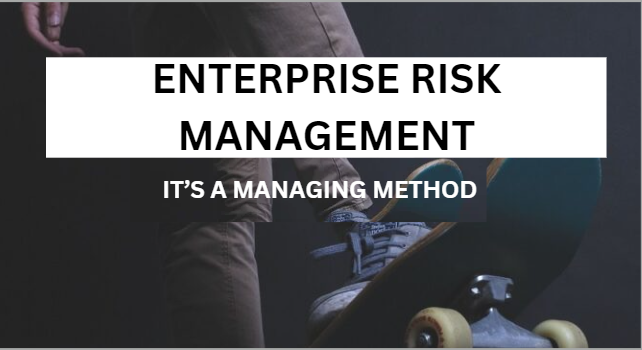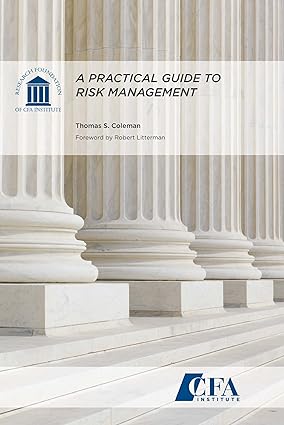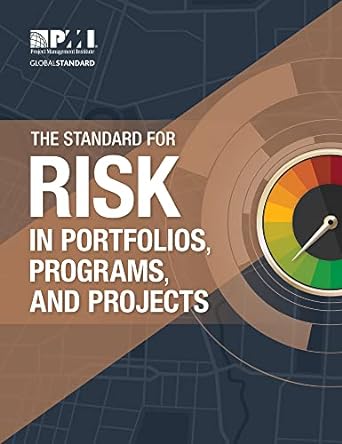
Enterprise Risk Management: A Managing Method
Enterprise Risk Management (ERM) is a strategic method that businesses employ to identify, assess, and managing business hazards or uncertainties that may impact their goals. Unlike traditional risk management systems, which focus on specific risks in isolation. ERM takes a broad view of all potential dangers throughout the business. ERM assists businesses in proactively addressing risks and seizing opportunities by incorporating risk management into decision-making processes at all levels of the organization.
Key Components of Enterprise Risk Management
Several critical components make up ERM, working together to form a comprehensive risk management framework.
- Risk Identification: The first stage in ERM is to identify any potential risks that may affect the organization’s objectives. This entails examining internal and external issues that may present dangers or opportunities to the company.
- Risk Assessment: Once identified, risks are evaluated for their chance of occurrence and their impact on the company. This stage aids in the efficient prioritization of risks and resource allocation.
- Risk Mitigation: After assessing risks, organizations develop strategies to mitigate or manage them. This may involve implementing controls, transferring risks through insurance, avoiding certain activities, or accepting certain levels of risk.
- Monitoring and Reporting: ERM requires ongoing monitoring of risks to ensure that mitigation strategies are effective and up-to-date. Regular reporting on risk exposure and management activities is essential for informed decision-making.
- Integration with Strategy: One of the key principles of ERM is its integration with strategic decision-making processes. By considering risk factors in strategic planning, organizations can align their risk management efforts with their overall business goals.
Benefits of Enterprise Risk Management
Implementing an ERM framework offers several benefits to organizations:
- Improved Decision-Making: By incorporating risk concerns into strategic decisions, ERM enables businesses to make more informed choices that are consistent with their risk appetite and tolerance levels.
- Enhanced Resilience: ERM enables firms to foresee and prepare for future disruptions, increasing their resilience in the face of uncertainty.
- Cost Savings: Proactive risk management via ERM can result in cost savings by averting costly accidents or crises that could have been avoided.
- Stakeholder Confidence: Investors, customers, and regulators place more trust in firms that use ERM to demonstrate strong risk management processes.
- Companies that effectively manage risks using ERM gain a competitive advantage by positioning themselves better to capitalize on opportunities while mitigating threats.
Challenges in Implementing Enterprise Risk Management
While implementing ERM offers significant benefits, it poses challenges as well.
- Complexity: Implementing an ERM framework requires significant time and resources due to its comprehensive nature and the need for cross-functional collaboration.
- Resistance to Change: Some employees may resist adopting new risk management practices embedded in ERM, especially if it disrupts existing workflows or decision-making processes.
- Data Quality Issues: Effective risk management relies on accurate data and information. Organizations may face challenges in collecting reliable data for risk assessment purposes.
- Integration Silos: Siloed organizational structures can hinder the integration of risk management across different departments or business units, limiting the effectiveness of ERM.
- Risk Culture: Successful ERM adoption requires fostering a strong risk-aware culture in which employees understand and actively engage in risk management initiatives.
Bottom lines
Enterprise Risk Management (ERM) is a proactive, method and integrated strategy for managing risks across all levels of a business hazards. Companies that incorporate risk concerns into their strategic decision-making processes can improve resilience. Decision-making, and gain a competitive advantage in today’s changing business climate.








